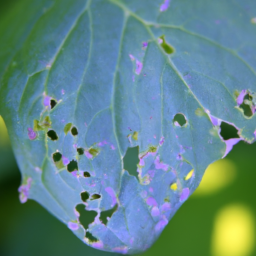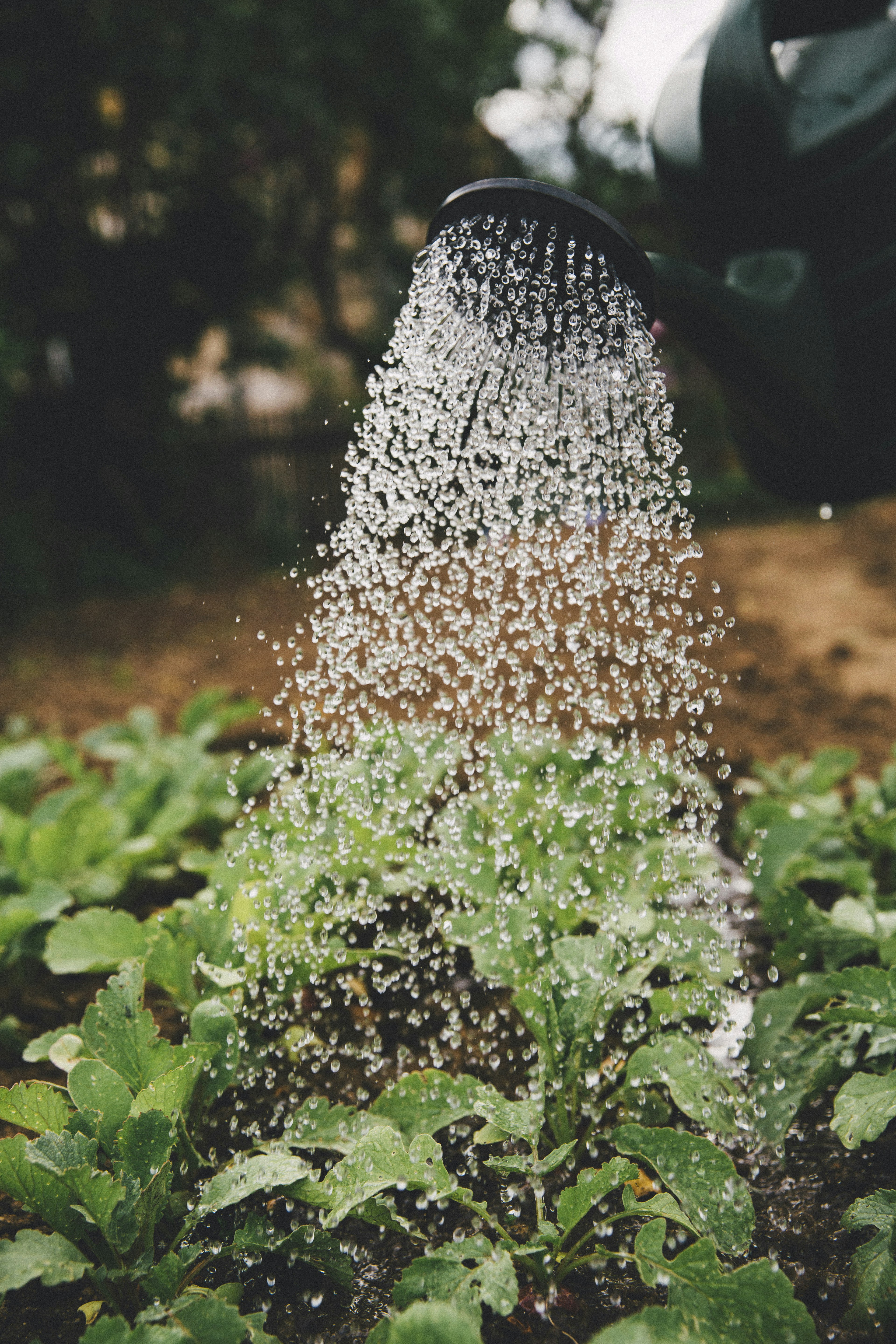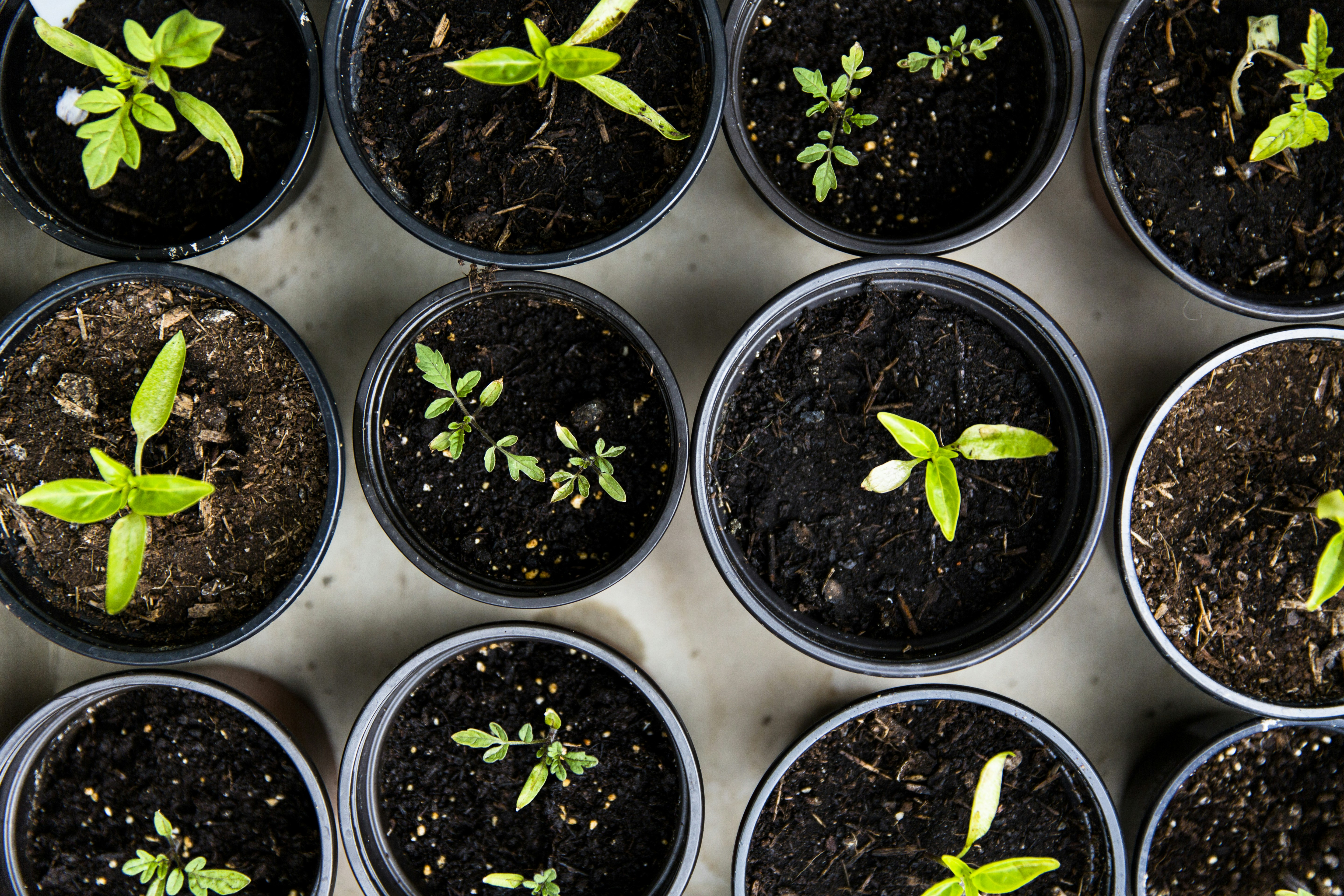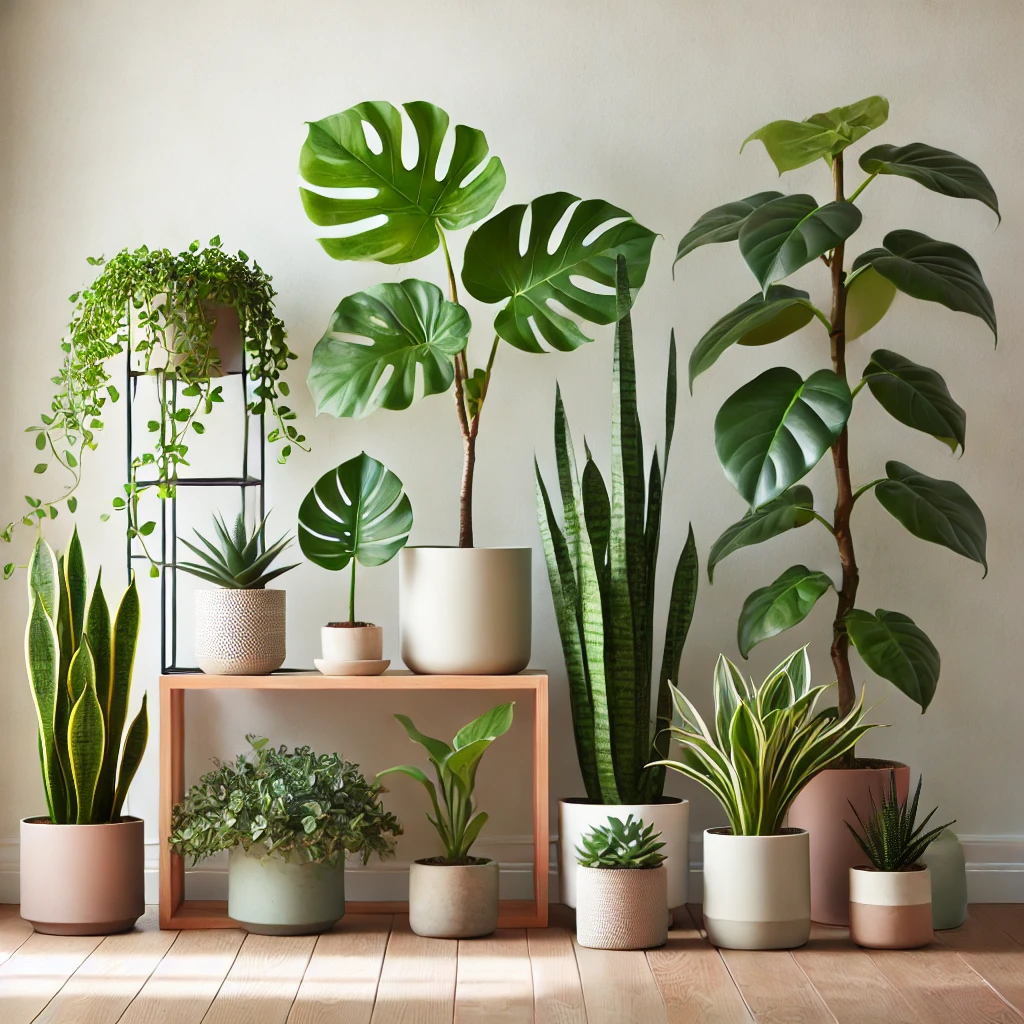Whether you are a seasoned gardener or just starting out, dealing with pests in your vegetable garden can be a frustrating experience. That’s why the “Guide To Vegetable Garden Pests” is here to help! This comprehensive guide provides you with all the information you need to identify, prevent, and control common pests that can wreak havoc on your precious plants. From pesky aphids to destructive slugs, this guide covers it all, giving you the tools and knowledge to protect your vegetable garden and ensure a bountiful harvest. Say goodbye to the frustration of pest damage and hello to a thriving garden with the help of this essential guide.
Guide To Vegetable Garden Pests
Welcome to our friendly guide on dealing with vegetable garden pests! A thriving vegetable garden can bring so much joy and satisfaction, but unfortunately, it can also attract unwanted visitors in the form of pests. In this comprehensive article, we will help you identify common vegetable garden pests and provide you with effective methods to prevent and manage them. Additionally, we will delve into specific pests, their lifecycles, natural predators, and various control methods. By the end of this guide, you’ll be equipped with the knowledge and tools to protect your vegetable garden and ensure a bountiful harvest. Let’s get started!
Identifying Common Vegetable Garden Pests
Before we dive into the specifics of each pest, let’s take a moment to familiarize ourselves with some of the most common vegetable garden pests you may encounter. By being able to identify these pests, you’ll be able to take appropriate action and prevent potential damage to your precious plants.
1.1 Aphids:
Aphids are tiny, soft-bodied insects that can be found colonizing on the undersides of leaves and sucking sap from your vegetable plants. They come in various colors, such as green, black, yellow, or brown, and can reproduce at an alarming rate. Look out for distorted leaves, yellowing, or stunted growth as signs of aphid infestation.
1.2 Caterpillars:
Caterpillars are the larvae of moths and butterflies, and they can quickly munch their way through your vegetable garden. These voracious eaters can cause extensive damage to leaves and fruits. Keep an eye out for holes in leaves or partially eaten fruits as signs of caterpillar activity.
1.3 Slugs and Snails:
Slugs and snails are commonly found pests in gardens, especially in damp and shady areas. These slimy creatures feed on a wide range of plants, including your vegetables. They are most active during the night, leaving a trail of slime behind them. Look for irregular holes in leaves or chewed edges as signs of slug or snail presence.
1.4 Beetles:
Beetles come in various shapes and sizes, but some of the most common ones found in vegetable gardens include flea beetles, cucumber beetles, and Colorado potato beetles. These pests can defoliate plants and transmit diseases. Watch out for chewed leaves, characteristic feeding patterns, or the beetles themselves.
1.5 Thrips:
Thrips are tiny, slender insects that can cause significant damage to your vegetable plants. They feed by puncturing the surface of leaves, flowers, or fruits and sucking out the contents, leading to silvering or bronzing of affected areas. Look for distorted leaves or bronzed fruits to identify thrip activity.
1.6 Whiteflies:
Whiteflies are small, flying insects that resemble tiny white moths. They typically cluster on the undersides of leaves, sucking sap from plants and potentially spreading diseases. Whiteflies can cause yellowing, wilting, or stunted growth of your vegetable plants.
1.7 Nematodes:
Nematodes are microscopic worm-like organisms that live in the soil. While some nematodes are beneficial, such as those that prey on other pests, some can be detrimental to your vegetable garden. These plant-parasitic nematodes can cause root damage, leading to wilted or stunted plants as well as reduced yields.
1.8 Birds:
Birds can be both a delight and a nuisance in the vegetable garden. While some birds may help control certain pests like caterpillars and slugs, they can also cause damage by pecking at fruits or digging up newly planted seeds. Identifying the specific type of bird causing the trouble is crucial for effective control.
1.9 Rodents:
Rodents, such as mice and rats, are not only a nuisance but can cause extensive damage to your vegetable garden. They can gnaw on plants, roots, and fruits, leaving a trail of destruction in their wake. Look for signs of burrowing, gnaw marks, or missing produce as indications of rodent activity.
Now that we’ve identified the common vegetable garden pests, let’s explore effective methods for preventing and managing these unwelcome visitors.
Preventing and Managing Vegetable Garden Pests
Successfully preventing and managing vegetable garden pests requires a multi-faceted approach that combines cultural, physical, and biological control methods. By implementing these strategies, you can create a healthier garden ecosystem and reduce reliance on chemical pesticides.
2.1 Cultural Control Methods:
Cultural control methods involve practices that create an environment unfavorable for pests while promoting the growth and health of your vegetable plants. By implementing these methods, you can reduce pest populations and minimize their impact on your garden.
2.1.1 Crop Rotation:
Crop rotation is a practice that involves planting different vegetable crops in different areas of your garden each year. This helps to interrupt pest life cycles and prevent the buildup of pests that specifically target certain plants. Furthermore, rotating crops within different plant families can also improve soil fertility and reduce disease incidence.
2.1.2 Companion Planting:
Companion planting involves strategically planting certain plants together to benefit each other. Some plants naturally repel pests, so planting them near susceptible crops can deter pests from attacking them. For example, marigolds are known to repel aphids, while basil can deter tomato hornworms. Research companion plants that are effective against the pests you’re dealing with and experiment with different combinations.
2.1.3 Soil Management:
Maintaining healthy soil is essential for the overall health of your vegetable plants and can deter pests. Ensure your soil is well-drained and rich in organic matter. Healthy soil promotes strong plant growth, making them more resistant to pests and diseases. Regularly add compost or organic matter to improve soil fertility and structure.
2.2 Physical Control Methods:
Physical control methods involve using physical barriers, traps, or removing pests by hand. These methods can be effective at reducing pest populations and minimizing damage.
2.2.1 Handpicking:
For larger pests like caterpillars or beetles, handpicking is a simple and effective method. Inspect your plants regularly and remove any pests you come across. Drop them into a bucket of soapy water or crush them to prevent them from returning to your garden.
2.2.2 Traps and Barriers:
Traps and barriers can be used to catch or deter pests from reaching your vegetable plants. Sticky traps, for example, can be hung near plants to attract and capture flying insects like aphids or whiteflies. Physical barriers like netting or row covers can prevent pests, such as birds or moths, from accessing your plants.
2.2.3 Mulching:
Mulching is the practice of covering the soil surface around your plants with organic material, such as straw or wood chips. This helps to suppress weed growth, conserve soil moisture, and regulate soil temperature. Additionally, certain organic mulches, like crushed eggshells or diatomaceous earth, can act as a deterrent to pests like slugs and snails, as their rough textures can deter them from crossing.
2.3 Biological Control Methods:
Biological control methods involve introducing beneficial organisms into your garden to prey on or parasitize plant pests. These natural enemies can help keep pest populations in check without the need for chemical pesticides.
2.3.1 Beneficial Insects:
Introducing beneficial insects, such as ladybugs, lacewings, or parasitic wasps, can help control a wide range of garden pests. These natural predators feed on pests like aphids, caterpillars, or thrips, reducing their populations. You can attract beneficial insects by planting flowers that provide nectar and pollen or by purchasing them from reputable suppliers.
2.3.2 Nematodes:
Beneficial nematodes are microscopic organisms that can be applied to the soil to control certain pests, including nematodes. These nematodes parasitize and kill pest insects, reducing their numbers. Follow the instructions provided by the supplier when applying nematodes to ensure successful control.
2.4 Organic Pesticides:
If cultural, physical, and biological control methods alone are not sufficient to manage pest populations, organic pesticides can be used as a last resort. Organic pesticides are derived from natural sources and are generally less harmful to beneficial insects and the environment. However, exercise caution when using any pesticide, following the instructions carefully and applying them judiciously.
2.5 Chemical Pesticides:
While chemical pesticides should be used sparingly and as a last resort, there may be situations where they are necessary to protect your vegetable garden. If opting for chemical pesticides, choose ones that are labeled for the specific pest you’re targeting. Always read and follow the instructions on the label, and consider the potential impact on beneficial insects, the environment, and human health.
With a solid understanding of preventive and management methods, let’s now delve into specific vegetable garden pests, their lifecycles, natural predators, and control methods.
Dealing with Specific Vegetable Garden Pests
In this section, we will explore specific pests, their lifecycles, natural predators, and effective control methods. By understanding the biology and behavior of these pests, you can better implement appropriate control strategies to protect your vegetable garden.
3.1 Aphids:
3.1.1 Lifecycle and Damage:
Aphids have a rapid reproductive cycle, with some species capable of producing multiple generations within a single season. They feed by inserting their mouthparts into the leaves, stems, or fruits of plants and sucking out sap. This can cause stunted growth, curled leaves, wilting, and the transfer of viral diseases.
3.1.2 Natural Predators:
Several natural predators, such as ladybugs, lacewings, syrphid flies, or parasitic wasps, feed on aphids. Encouraging these beneficial insects into your garden can help control aphid populations naturally.
3.1.3 Control Methods:
To control aphids, try blasting them off plants with a strong stream of water, manually squishing them, or applying insecticidal soap or neem oil as organic pesticide options. Ants often protect aphids from natural predators, so controlling ant populations around affected plants can also help manage aphid infestations.
3.2 Caterpillars:
3.2.1 Lifecycle and Damage:
Caterpillars hatch from eggs laid by moths or butterflies and are voracious eaters during their larval stage. They can cause extensive damage by feeding on leaves, foliage, or fruits. Some common caterpillar pests include cabbage worms, tomato hornworms, or corn earworms.
3.2.2 Natural Predators:
Natural predators of caterpillars include birds, spiders, parasitic wasps, or beneficial insects like ladybugs or lacewings. Attracting these predators into your garden can help keep caterpillar populations in check.
3.2.3 Control Methods:
Handpicking caterpillars is an effective control method, especially for larger ones. You can also use floating row covers or netting to physically exclude adult moths or butterflies from laying eggs. Bacillus thuringiensis (BT) is a natural bacterial pesticide that specifically targets caterpillars.
3.3 Slugs and Snails:
3.3.1 Lifecycle and Damage:
Slugs and snails are most active during moist conditions, specifically at night. They feed on a wide range of plants, leaving irregular holes or chewed edges on leaves. Young seedlings are particularly vulnerable to slug and snail damage.
3.3.2 Natural Predators:
Predators such as frogs, toads, snakes, or birds feed on slugs and snails. Encouraging these predators into your garden can help control slug and snail populations naturally.
3.3.3 Control Methods:
To deter slugs and snails, you can create barriers using copper tape, diatomaceous earth, or crushed eggshells around vulnerable plants. Beer traps can also be effective. Simply bury a container in the ground and fill it with beer to attract and drown slugs and snails.
3.4 Beetles:
3.4.1 Lifecycle and Damage:
Beetles go through complete metamorphosis, starting as eggs, then progressing to larvae, pupae, and adult stages. They can defoliate plants, leaving them weakened and susceptible to diseases. Common beetle pests include flea beetles, cucumber beetles, and Colorado potato beetles.
3.4.2 Natural Predators:
Natural predators of beetles include birds, frogs, spiders, or beneficial insects like ladybugs or ground beetles. Attracting these predators into your garden can help control beetle populations.
3.4.3 Control Methods:
Handpicking beetles, particularly adult beetles, is an effective method of control. Applying floating row covers or using insecticidal soaps, neem oil, or organic pyrethrin-based sprays can also help deter beetles.
3.5 Thrips:
3.5.1 Lifecycle and Damage:
Thrips are tiny, elongated insects that feed on the sap of plants, causing silvery or bronzed patches on leaves, flowers, or fruits. They can also transmit viruses to susceptible plants. Thrips typically prefer warmer and dryer conditions.
3.5.2 Natural Predators:
Predatory insects such as minute pirate bugs, ladybugs, or lacewings prey on thrips. Attracting these natural enemies into your garden can help keep thrip populations under control.
3.5.3 Control Methods:
To control thrips, you can use beneficial nematodes specific to thrips as a biological control method. Removing infested plants and applying insecticidal soaps or neem oil can also help manage thrip populations.
3.6 Whiteflies:
3.6.1 Lifecycle and Damage:
Whiteflies are small, flying insects that cluster on the undersides of leaves, sucking sap from plants. They can cause yellowing, wilting, or stunting of affected plants and transmit viral diseases. Whiteflies are most active in warm and humid conditions.
3.6.2 Natural Predators:
Natural predators of whiteflies include ladybugs, lacewings, parasitic wasps, or predatory mites. Attracting these beneficial insects into your garden can help control whitefly populations.
3.6.3 Control Methods:
For whitefly control, vacuuming or washing off the pests with a strong stream of water can be effective. Sticky traps can also be used to capture adult whiteflies. Applying insecticidal soaps, neem oil, or organic pyrethrin-based sprays may be necessary in severe infestations.
3.7 Nematodes:
3.7.1 Lifecycle and Damage:
Nematodes are microscopic worm-like organisms that can be both beneficial and detrimental to plants. Plant-parasitic nematodes can cause root damage, leading to wilting, stunted growth, and reduced yields.
3.7.2 Natural Predators:
Beneficial nematodes, specifically those that parasitize pest insects, can help control plant-parasitic nematode populations. These beneficial nematodes attack and kill pest nematodes, reducing their numbers in the soil.
3.7.3 Control Methods:
To control plant-parasitic nematodes, soil solarization or the application of beneficial nematodes can be effective. Crop rotation, especially with nematode-resistant plants, is also a useful preventive measure.
3.8 Birds:
3.8.1 Types of Garden Birds:
Garden birds encompass a wide variety of species, including sparrows, finches, robins, blackbirds, and many more. The species common to your area will determine the potential bird pests.
3.8.2 Bird Damage:
Birds can cause damage to your vegetable garden by pecking at fruits, plucking seeds, or scratching up freshly sown areas. Certain birds may also feed on beneficial insects that help control garden pests.
3.8.3 Control Methods:
Preventing bird damage can be achieved through physical protection methods such as bird netting, scare devices like visual deterrents or noise-making devices, or by attracting predatory birds that feed on pest species. Determining the specific bird causing damage is essential in selecting an appropriate control method.
3.9 Rodents:
3.9.1 Types of Rodents:
Common rodents that can cause damage in the vegetable garden include mice, rats, voles, or squirrels. The specific species present in your area will determine the most effective control methods.
3.9.2 Rodent Damage:
Rodents can gnaw on plants, roots, fruits, or even damage irrigation systems, leading to compromised plant health and reduced yields.
3.9.3 Control Methods:
To control rodent populations, physical barriers like wire mesh fences can be effective. Traps, both live and lethal, can also be used. Removing food and water sources and keeping the garden area clean and free of debris can discourage rodent activity.

Conclusion
Congratulations! You’ve reached the end of our comprehensive guide to vegetable garden pests. By familiarizing yourself with common pests, implementing preventive methods, and employing appropriate control strategies, you can maintain a healthy and thriving vegetable garden. Remember to strive for a balanced ecosystem by promoting beneficial insects, attracting predators, and minimizing the use of chemical pesticides. Happy gardening!





